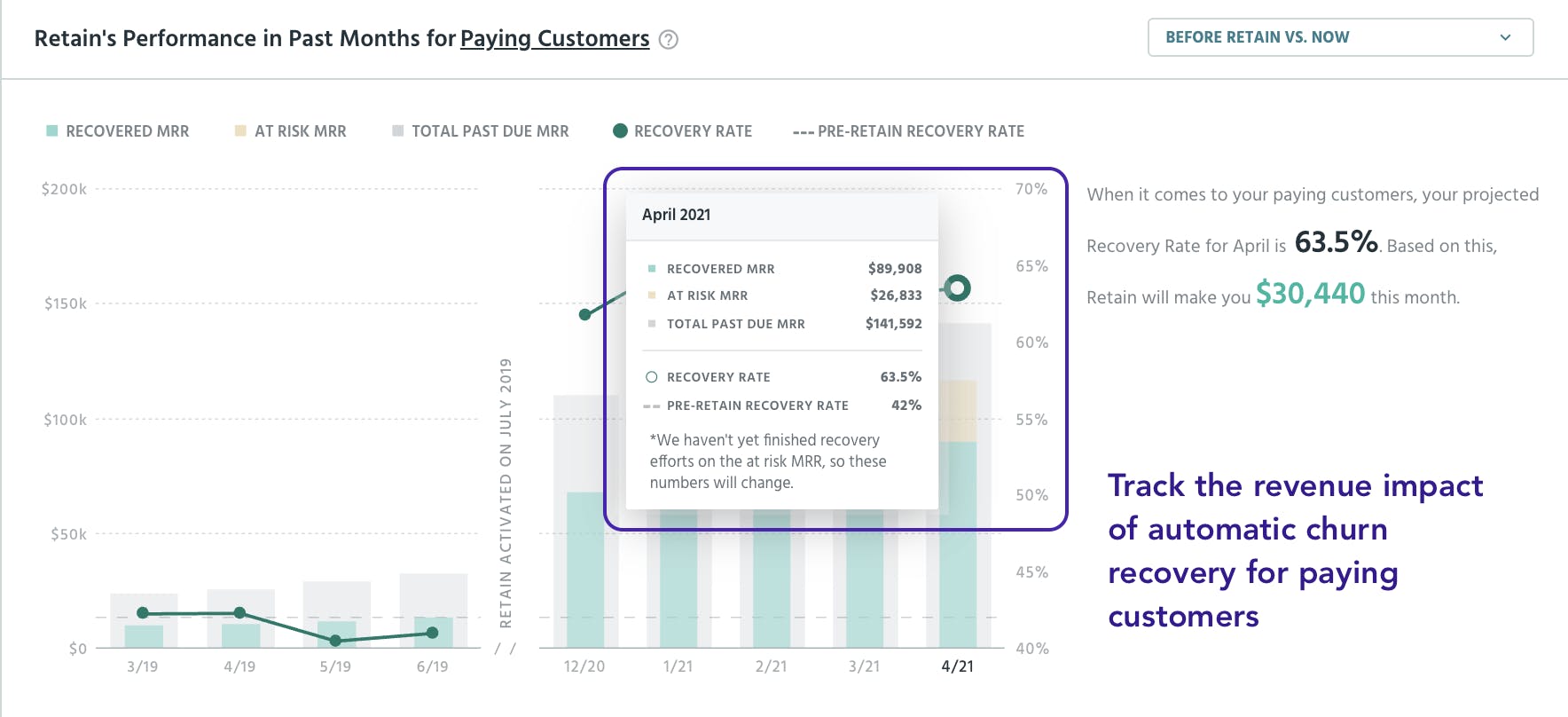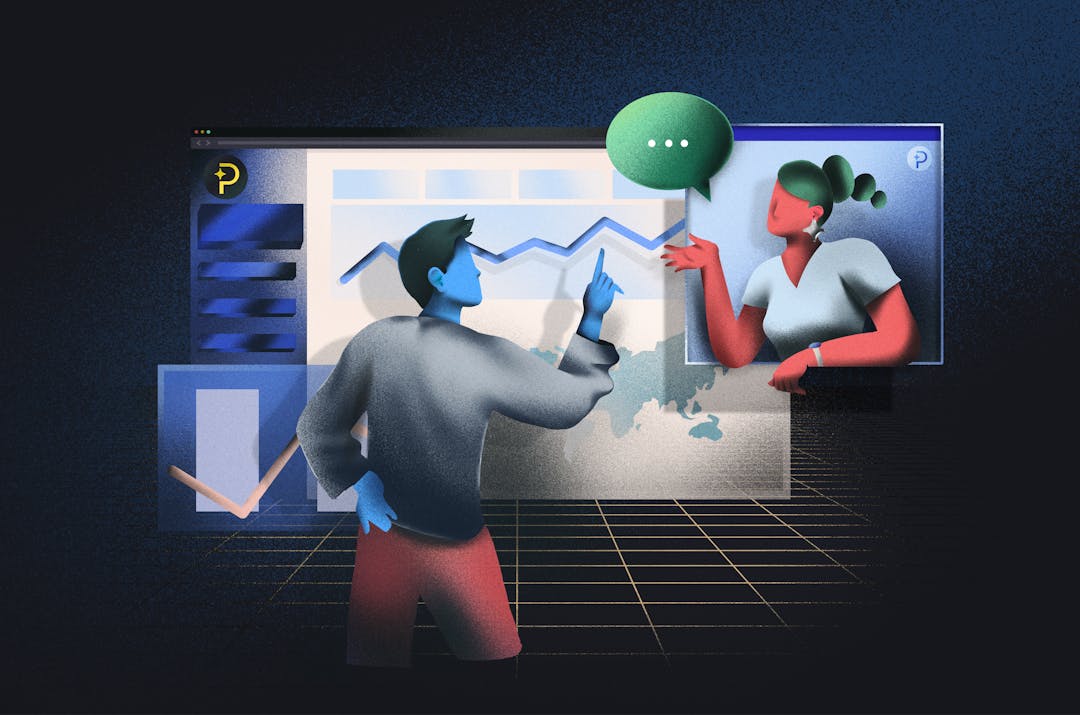Learn how to build a strong customer onboarding process to help you reduce churn substantially and for the long term
Are you looking to attract high-value customers and make them stick around longer? Be sure they have every tool and information related to your software to propel their success. The result will be increased customer lifetime value and reduced reliance on acquisitions. But how can you achieve these goals? That's where customer onboarding can enable your customers to chart their success stories. Read on to see how to go about it.

What is customer onboarding?
Customer onboarding involves helping new customers when using your SaaS product for the first time. The help may be in the form of helpful onboarding tools like videos, tutorials, walkthroughs, documentation, use cases, blogs, and learning guides.
Your users need help to familiarize themselves with your new product. If you're to maximize your product's value to them, you'll need to take their experience beyond the fundamentals. Help them learn the ins and outs that make your solution tick and stand out from the rest of the pack. Help them reach their goals and succeed and you'll create some loyal and long-term customers.
Why customer onboarding matters.
There is a clear correlation between customer onboarding and retention. Numbers don't lie. Research and statistics reveal that great customer onboarding enhances customer satisfaction and long-term retention in the following four ways:
1. Builds trust with new customers from the beginning
After onboarding a new user, be sure they derive confidence in using your product or solution. You want them to have a positive perception of it. So ensure you've provided them with enough knowledge and support that will boost customer success.
Our research found that customers who perceived a company's customer onboarding positively had between 12% and 21% more willingness to pay (WTP) than the median. And those on the negative side had between a 3% to 9% drop in the willingness to pay.
2. Extends customer lifetime value
Whatever stage your company is at, customer lifetime value (LTV) is an important metric to keep top of mind, because a successful business model requires that your customer spends more than the cost it took to acquire them. Having a streamlined customer onboarding flow will help build customer confidence, as well as implementing their feedback along the way where necessary, will ensure they stick around.
We compared the first sixty days of the customers with a negative perception of the onboarding experience to those with a positive perception. The result: Those customers with positive perceptions have much less drop-off (about 1.6%) in the first 21 days of being customers.
3. Increases time to value and adoption
When your product serves customers as they expected, they'll look no further. Train them on how to use it and how they'll benefit from its functionality. This will increase their reliance on the solution, improving its adoption to their daily use. All these tactics will keep them glued for a longer time and turn them into your loyal customers.
A great onboarding journey is essential to increasing the value of a product within a customer or, at the very least, increasing the opportunity for customers to really see the value of your product.
Digging further, we compared those companies with purely functional customer onboarding alongside those whose functional onboarding embraces brand and value propositions. The former did boost their WTP by between 8% and 17%. On the other hand, those who went further and focused on value squeezed the figure by a further 10%.
4. Provides a feedback loop for product
Your business can harvest valuable feedback from your actual users. Your product creators will then use these opinions as inputs to improve the product at each iteration cycle. This cycling back of outputs is necessary for every SaaS company, since doing things right at the very first step is rare in this industry.
5 best practices to build a successful customer onboarding plan
Be sure to have an excellent understanding and pulse on customer behavior trends. This will help in build a better and more robust customer onboarding plan. Now let's go through a customer onboarding checklist so you understand the five basic steps you and your product team members need to take to boost customer success.
1. Map the multiple customer journeys by persona
Assign a unique customer journey to each target persona. After understanding your customers, what you desire to target, and how to turn your target audience into leads and customers, you can now map out the journey that will lead them to you. Your customers' pain points, goals, and feedback should form the basis for creating this journey.
For you to build a better customer onboarding experience entirely, remember to get the basics right before advancing deeper. It’s important to understand the step-by-step process your customers go through from discovering your solution to buying it, and finally becoming a loyal user.
2. Have a customer engagement goal
Retention derives power from well-played customer engagement. Happy customers involved in your product usually tend to be more loyal and spend more time with your company. These customers eventually become influential brand ambassadors.
Improve your customer engagement tactics, and you'll see your retention rates go up. This rate will, in turn, keep you a step ahead of your competition.
3. Ask a new customer for feedback on the onboarding experience
Encourage those customers that just went through the experience to air their opinions about it. These customers are your most significant source of insights about what makes the experience good or bad.
This simple technique will give you deeper insights into improving both their experience and your product. Encourage your customer support team to follow up with a short survey to learn what made them choose your product in the first place, how it solved their problem, or if it didn't, how would they improve it, etc. While that seems obvious, most companies either create their customer onboarding in a void or ask old customers who went through experience long ago.
When customers perceive that their opinions are valuable to your company's growth, they feel a sense of belonging. In the long term, these customers become rock-solid ambassadors for your brand.
4. Connect with super-users for input on what can be improved
The most crucial assets in your company include your existing customers. This group can offer real-time customer feedback about your solution, value, and how they've benefited from it to gain success.
Your existing customers can also award you with excellent social proof that you can present to leads and prospects, leading to higher conversion rates.
So, how can your sales team survey the needs and satisfaction of your existing customer base? Here is where tools like automated email campaigns that include friendly welcome emails and helpful onboarding emails, chat pop-ups, and proactive outreach can help.
5. Iterate on your customer onboarding process by cohort
It's worth mentioning that building a solid customer onboarding experience that produces better metrics is not a set-once-and-forget process. Instead, it needs a highly iterative approach.
Along the way, some of your assumptions may turn out to be wrong. But you may not need to make over your entire customer onboarding process. You may realize that the customer journey you mapped out for a particular cohort had some bottlenecks or barriers. Improving your customer onboarding process by cohort will facilitate the iterative process and overall workflow.
And don't be discouraged, as it's part of the whole onboarding process and will help you improve. Continue iterating to refine the process and ensure you're targeting the given personas with the right tactics.
How to use analytics to level up your customer onboarding and retention game
Analytics tools, like ProfitWell Metrics, Paddle's free analytics platform for subscription businesses, can contribute immensely to building a strong onboarding process by providing you with the necessary data, leading to high customer retention.
Segment and understand customer cohorts better
Where is your product usage growth coming from? The answer to this question will help you know whether your efforts are paying off and pinpoint the most profitable areas.
With ProfitWell Metrics' free subscription analytics, you can uncover your segment's performance. Our cohort analysis capabilities can enrich your data with Clearbit and full contact details. This lets you know the segments that are subscribing or detracting the most. It can divide your data by more than 107 pre-built segments, such as location, usage, and gender. And the icing on the cake is that it's all free of charge.
Track customer engagement
With ProfitWell Metrics, you can now identify those customers who will convert or churn long before it happens. You see, your solution is more than just features—you can't understand the actual value of your product to customers until you study the patterns of its usage.
ProfitWell Metrics allow you to get valuable insights regarding your brand's relationship with every single customer. For instance, you get to understand changes in usage across segments like location and gender.
Use 1:1 personalization to reduce churn
Pinpointing patterns in churn at the global, industry, and individual customer level may seem like a wild goose chase. But with our intelligent algorithms in ProfitWell Retain's 1:1 personalization, you can now smile as the data comes rolling in.

Our Retention Specialists can build tailored churn reduction tactics based on that data, lowering your churn and boosting your customer experience. The process is ever continuous, and the best part? You'll sit back and wait for results without sweating. Additionally, you'll pay only if the process performs, so money is no longer a barrier.
Customer onboarding FAQs
Why is customer onboarding important?
Customer onboarding allows you to build and cement trust with customers and boost their lifetime value. The experience also increases time to value and adoption. Furthermore, you get to enjoy an excellent feedback loop for your software.
What are good goals to set for customer onboarding?
When onboarding your customers, be sure the following goals eventually tick green:
- Reduced customer churn rate
- Increased customer lifetime value (LTV)
- Increased retention rates
- Increased product's Net Promoter Score (NPS)
- High completion rate
- Low completion time
- High or increasing usage time
- High or increasing daily active users
How do you optimize your customer onboarding process?
Utilizing data to better understand your customers, whenever possible, will help you develop a more successful customer onboarding experience, as well as help you continue improving it. Additionally, it's important to continually collect your customers' feedback and adjust to their needs accordingly. Don't forget to proactively glean insights from the onboarding data to improve the experience.
Do you need a different onboarding plan for different customer personas?
If your software is attracting different customer types, it's essential to segment these customers and create separate onboarding plans for each segment. This will ensure your customers enjoy a more personalized experience, leading to a higher success rate.




